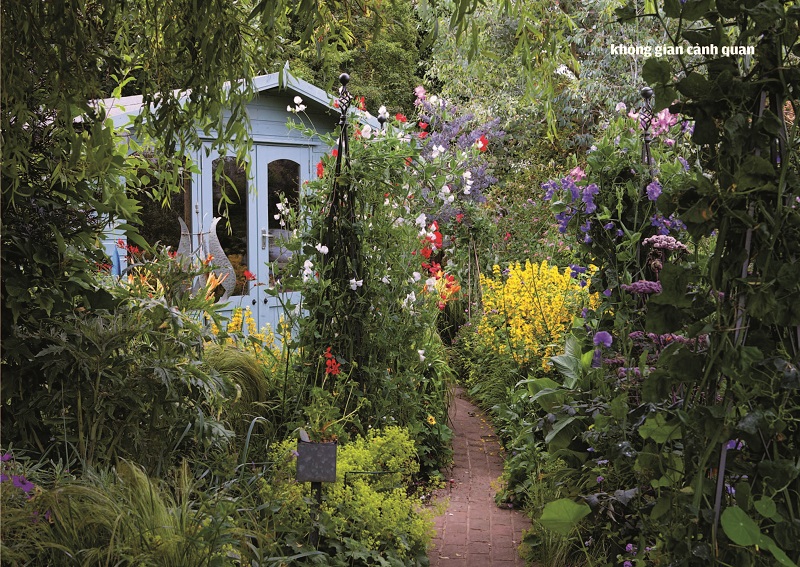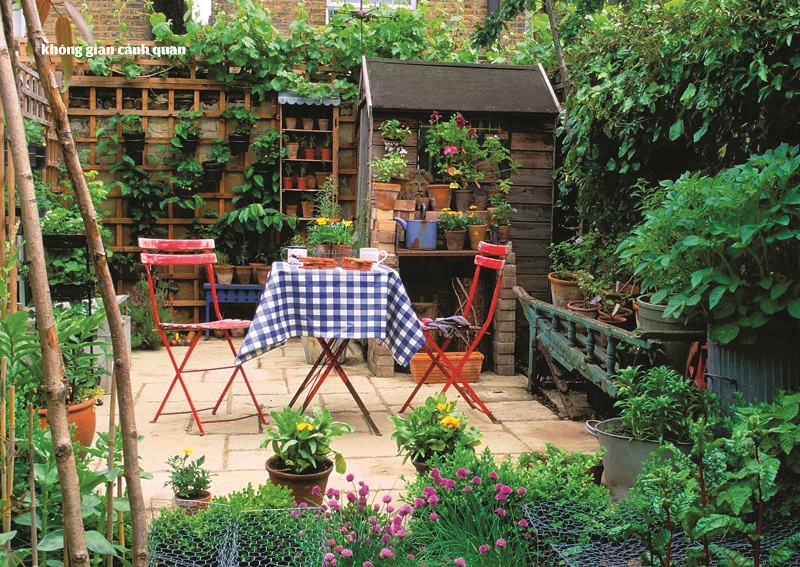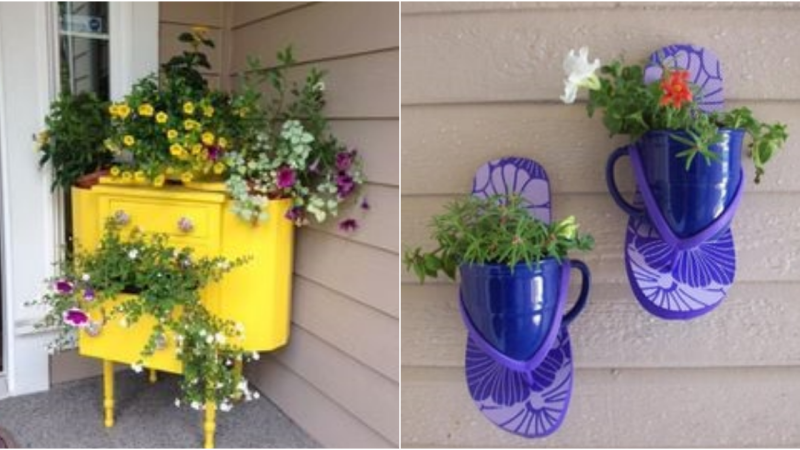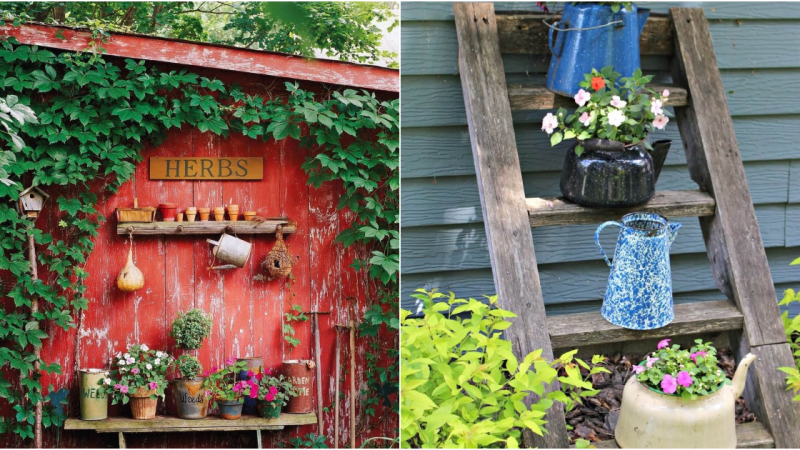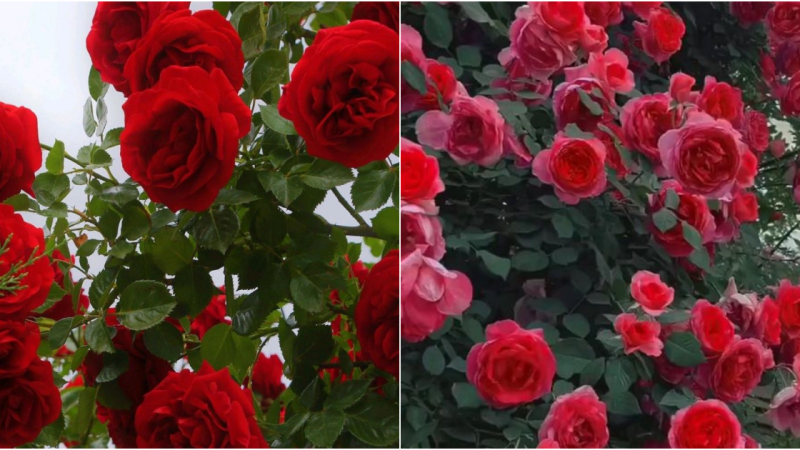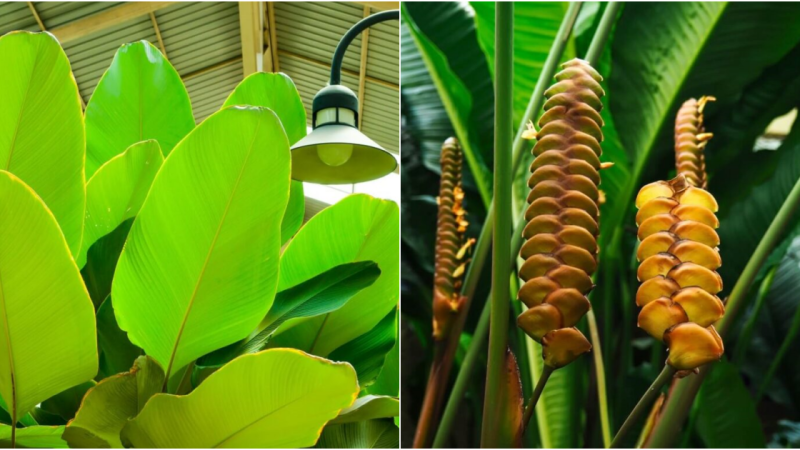Enhancing the Garden Experience with Fragrance Surroundings
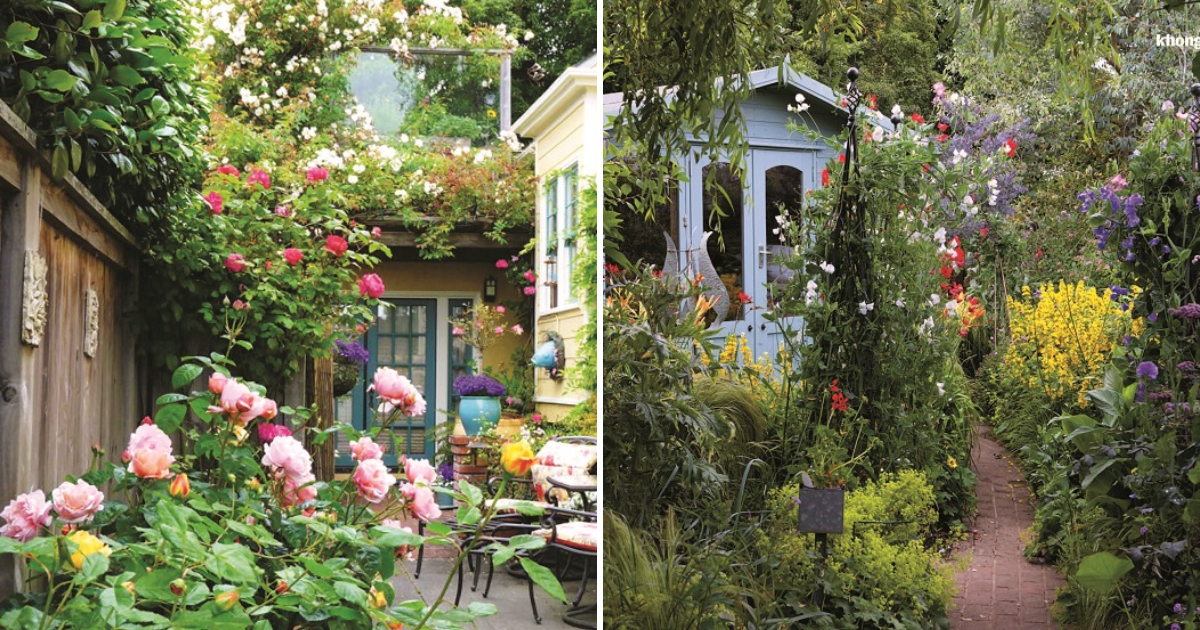
Similar to sound, fragrance is an important weapon that helps gardeners perfect their gardens in their own unique way. While we can indirectly perceive images and sounds through films, fragrance is different; you can only experience it directly.

Delicate and sweet fragrances require a closer and more intimate encounter to sense every bit of their aroma. Furthermore, the use of fragrances as a healing method for mental and physical ailments is not unfamiliar since ancient times. Fragrance cannot be replicated, and fleeting sensations cannot be casually perceived. Therefore, to complete the natural experience in the garden, skilled and professional designers often incorporate aromatic experiences into their gardens.
Perceiving fragrances depends on each individual’s personality and psychological experience. Most designers utilize comprehensive knowledge, using and blending values from various plant species. Each plant species has its own unique fragrance characteristics, and arranging them in different areas yields different effects: areas frequently visited to enjoy the flowers, resting spots, pathways, etc. Determining the layout of fragrance-dispersing areas from the beginning of garden design enables designers to easily adjust and control the intensity and influence of fragrances on users’ perception.
To convey a welcoming atmosphere to visitors in your garden, fragrance along the pathway is an essential invitation. Use fragrance as a wayfinding tool, creating curiosity and a desire to explore and leading others to where you desire. The sense of smell comes naturally and intermittently, like a simple melody—sometimes calm, sometimes uplifting. Wafting fragrances or occasionally intense scents can achieve a desired effect. For sensitive individuals, excessive exposure to multiple fragrances in a short period can cause discomfort, even leading to headaches and nausea. Therefore, careful consideration is needed when determining the wind direction in the garden and avoiding densely planting highly fragrant trees in the same landscape section.
If the entrance to the garden reflects your welcoming attitude, then the frequently visited areas in the garden—resting pavilions, tea tables, outdoor dining areas—are where your distinct personality is most evident, simultaneously playing a vital role in rejuvenating the indispensable mood of fragrance enthusiasts. However, even though they serve as stops with vibrant highlights in olfaction, the proper and reasonable arrangement remains a priority. Most intense and overpowering fragrances are prone to causing irritation and olfactory allergies, and may even induce hallucinations. Hence, if you are uncertain about your olfactory aesthetics or have limited space for resting in the garden, it is advisable to consult additional experts to choose suitable plant species.
The garden outside and the indoor space always have a strong connection, creating a cohesive emotional flow when used together. Planting a cluster of pleasantly fragrant flowers near the porch, next to windows, or near the guest area where their aroma can be carried inside by the wind can significantly improve the mental and spiritual well-being of yourself and visiting guests. In a gentle and sweet manner, fragrances always attract creatures in the natural world. For humans, fragrance serves as a seductive language of the senses, sometimes preserving familiar and joyful moments, guiding us through a range of emotions. In modern society, creating a garden is no longer a difficult and exclusive task; however, the selection of fragrances from the garden’s plant species carries a more personal and soulful touch than ever before. Subtle, sweet, and full of novelty… What fragrance do you dedicate to your small garden?

